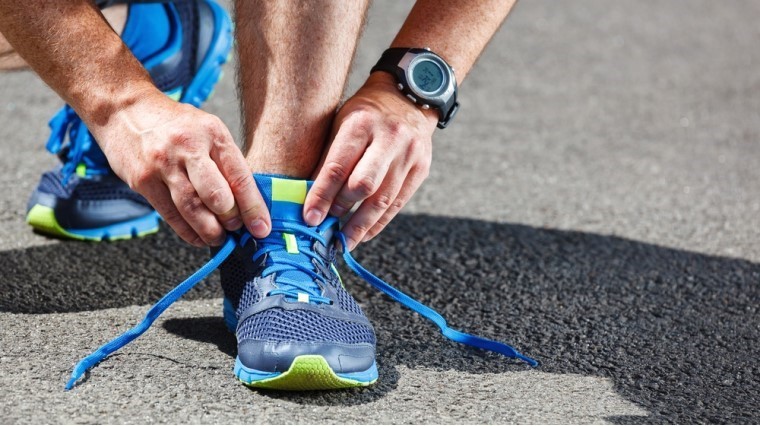5 Things To Consider When Choosing New Running Shoes

When it comes to running shoes, we all need a Cinderella moment. With hundreds of options on the market, finding the right model which caters to our specific needs can be likened to finding prince charming. Invest in the wrong pair and you could be left with shin splints, aching heels, blisters and a running stride that leaves you with all sorts of aches and pains. But it’s not all doom and gloom. Here are 5 easy tips to follow when looking to invest in your next pair.
Don’t look for a chameleon
Walking and running shoes are not the same. Walking shoes typically feature a stiffer design while running shoes are made to be more flexible with extra cushioning to handle greater impact. If you like to mix it up between the two activities, invest in two separate pairs of shoes. They will last the distance longer and help prevent injury.
Know your foot shape
Pick up your worn runners and examine the sole of the foot. Look for areas of extreme wear and tear. If your shoe exhibits the most wear on the inside edge of the sole it means your feet have low arches which gives them a tendency to roll inwards as you run. In this case, opt for a design that has motion control features and offers maximum support.
If your shoes wear out on the outer edge, this means you have high arches with a tendency to under pronate or turn your foot inwards. In this case, opt for a cushioned running shoe with a softer midsole.
If the sole of your runners have been worn out evenly, this generally means that you have a neutral arch making a stability shoe with the right mix of cushioning and support your go to design.
Know when it’s time to upgrade
Generally speaking, if the soles of your running shoes have visible signs of wear and tear, no longer provides grip, or you no longer feel support when running, it’s time to invest in some fresh kicks. If you are finding it hard to part with your runners, turn to the 550km to 650km rule. Once you have covered this ground, shoe testing demands you treat yourself.
Use your mums ‘rule of thumb’
Not all running shoes will fit the same so be prepared to go up or down half a size. Your heel should always fit relatively tightly without feeling like it’s going to slip out of your shoe while there should be around half and inch of space between the front of the shoe and your big toe. Remember all those times your mum used her thumb to measure the front of your school shoes, it’s time to bring that back. The top of the shoe should also not feel too tight and restrictive. Wiggle all your toes. If they feel trapped, you may need to go up half a size.
If the shoe doesn’t fit…
It simply doesn’t fit. When it comes to running shoes they need to feel comfortable straight away. They aren’t a sandal or loafer that needs to be broken into. They aren’t leather after all. Try on your new shoes and do a little on the spot jogging to see if you have found your glass slipper.
